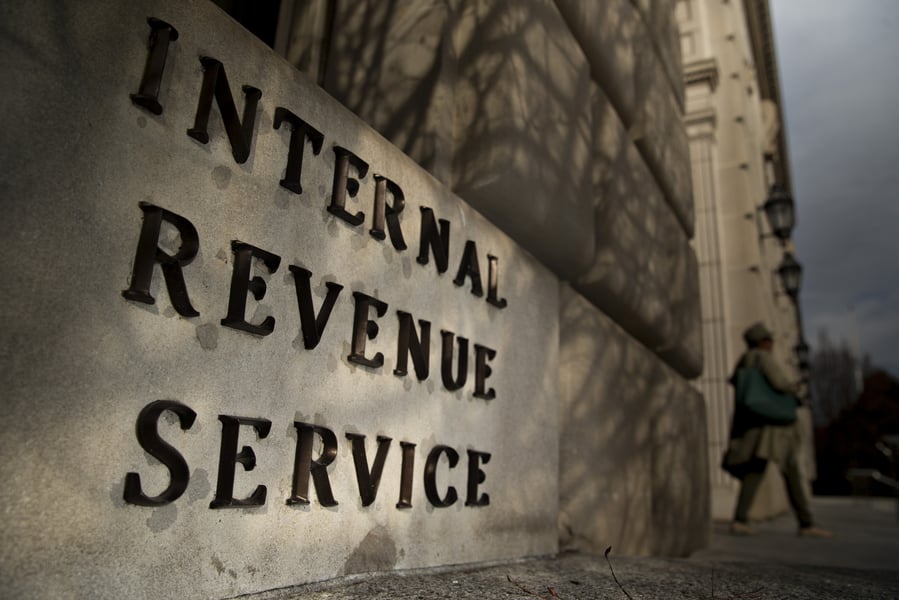Back in the day, being a good financial adviser meant building a portfolio that provided investors with a maximum return for the minimum level of risk. Now the role of an adviser has evolved to offering thoughtful advice and guidance on a wide variety of financial issues — especially planning for retirement — and that's a good thing for clients.
For example, take contributions to
an individual retirement account. After maximizing savings to an employer retirement plan, if one is even available, the next-best savings vehicle is often
an IRA. However, the tax deduction for a traditional IRA contribution is only available for those who are not participating in an employer plan or whose income falls below a certain threshold. For higher-income clients,
a Roth IRA isn't an option, either.
That brings you to the nondeductible IRA contribution. Sure, there's no immediate tax benefit, but the tax-deferred growth is still valuable, and when investors withdraw the contribution later in life, it will come out tax-free.
Unfortunately, though, that's not the end of the story. Good advisers need to make sure that their clients not only make the contribution, but that they avoid common tax mistakes that can complicate things later in life.
Tax reporting
Even though investors are not able to claim a tax deduction for their IRA contributions, that doesn't mean they can ignore the contributions altogether when it comes to preparing their tax return. The IRS requires nondeductible IRA contributions to be reported on Form 8606 for the year of the contribution. This reporting is important as it establishes a
"basis" in the IRA, which allows future withdrawals of these contributions to be tax-free.
It's not uncommon for clients to ignore this reporting, because they assume the 1099-R in the year of the withdrawal will show that the withdrawal is tax-free. Unfortunately for those clients, the IRS puts the onus on them to document these contributions. Even though the adviser knows there is after-tax money in the IRA, the 1099 for the withdrawal won't reflect that.
A failure to report these contributions can be fixed, however. IRA owners can report past contributions by filing a Form 8606 for each contribution, using the correct version of the form for each year that was missed. There is a $50 penalty per late form. When it comes time to withdraw money from the IRA, fixing this mistake will be well worth the effort.
(More: 401(k) dilemma: Advisers weather a fog of uncertainty surrounding IRA rollovers)
The pro rata rule
Another common situation is an investor who opens a new IRA specifically to hold these new nondeductible contributions. In the investor's mind, separating these new contributions from any other IRA funds makes it easier to keep track of their taxable and after-tax retirement savings.
Later in retirement, that same investor might begin withdrawing from that "nondeductible" account first, figuring they'll save the taxable IRA for later in life. If only that were true.
There is an IRA provision that says that any withdrawals from an account must come from both the taxable and nontaxable portions of the IRA on a pro rata basis. However, what some forget is this pro rata rule applies across all IRAs owned by a taxpayer, including traditional, SEP and Simple IRAs.
Having a new IRA for these contributions may help for managing different investment strategies or providing a form of mental accounting, but from a tax standpoint, it means nothing.
Here again, Form 8606 applies, as it's used to track how much of each withdrawal comes from the taxable and tax-free portions of the IRA, as well as providing a running tally on how much "basis" remains.
Good advisers will not only help their clients find the best solutions to meet their financial goals, they'll also make sure their clients follow through and implement their advice the right way. This includes the proper handling of their nondeductible IRA contributions.
(More: International investments bring a unique twist — foreign taxes)
Tim Steffen is director of advanced planning for Baird. Follow him on Twitter @TimSteffenCPA.







